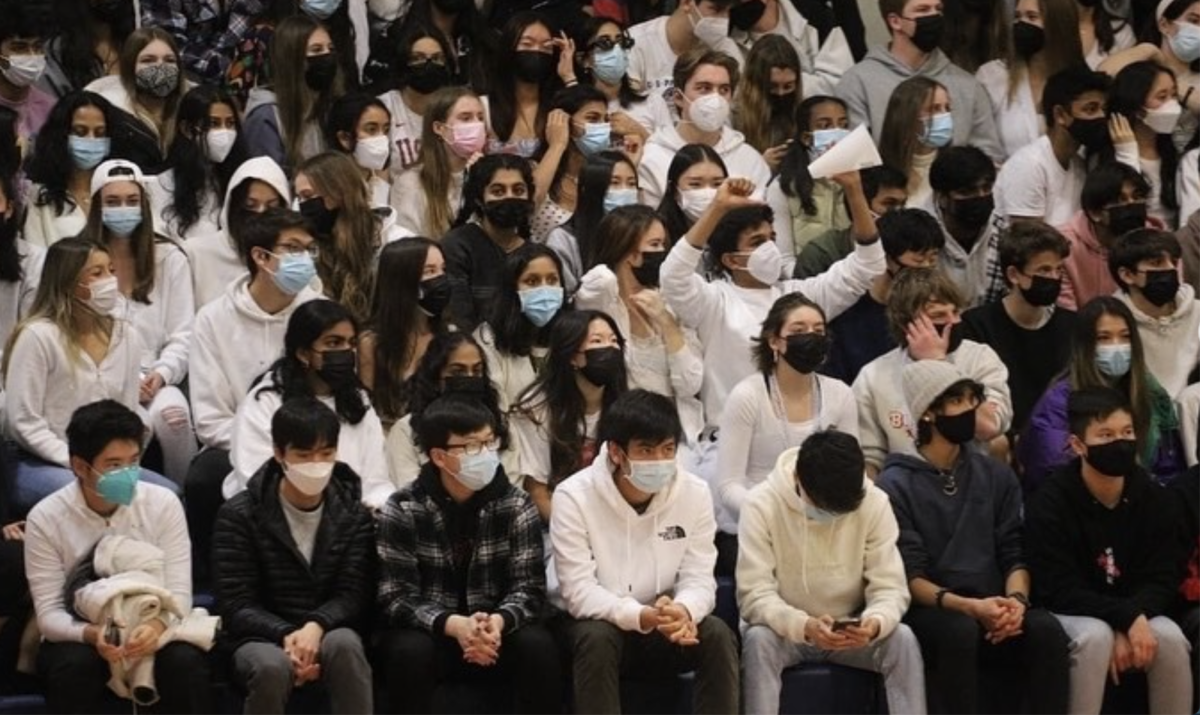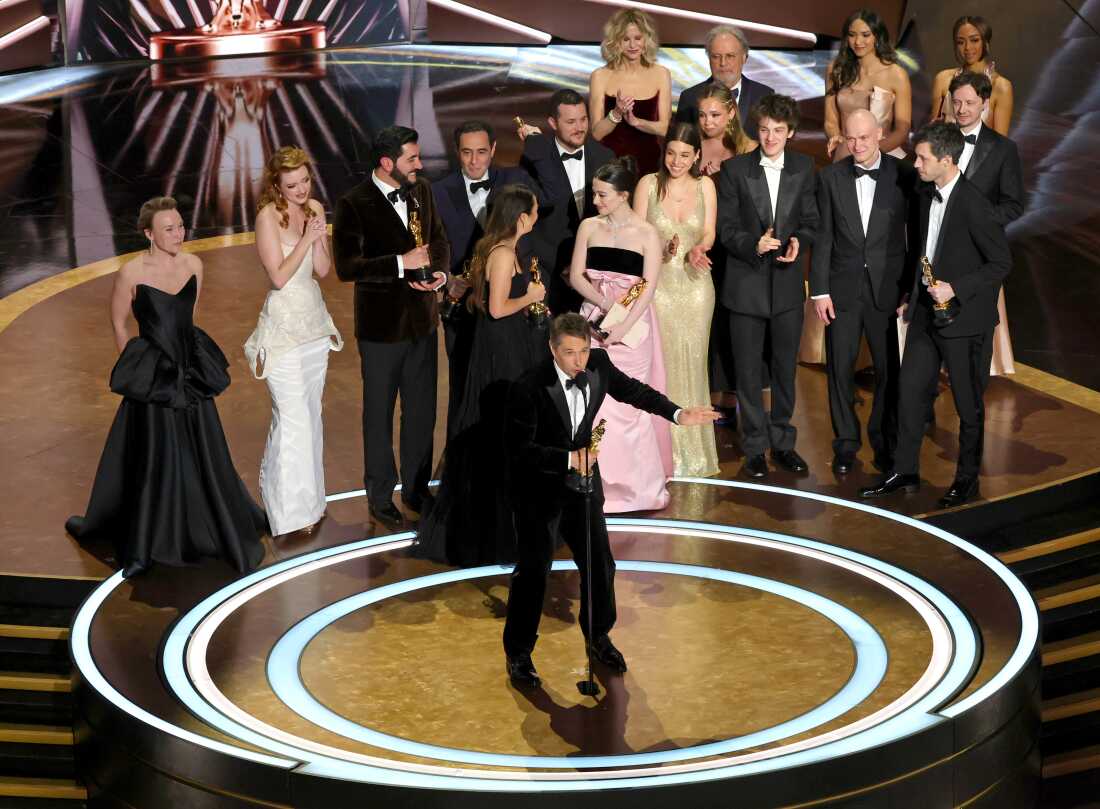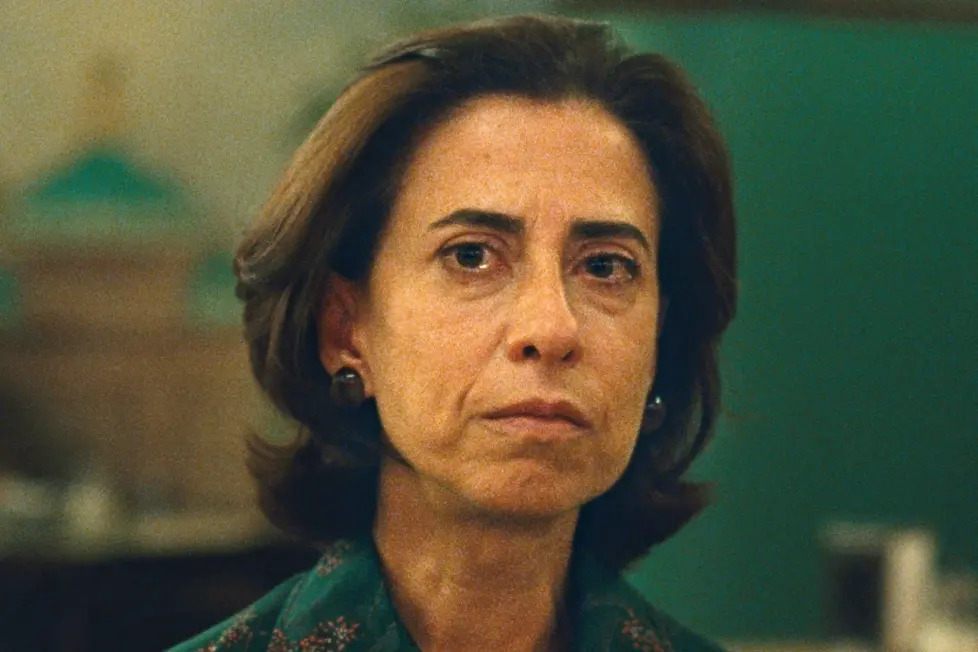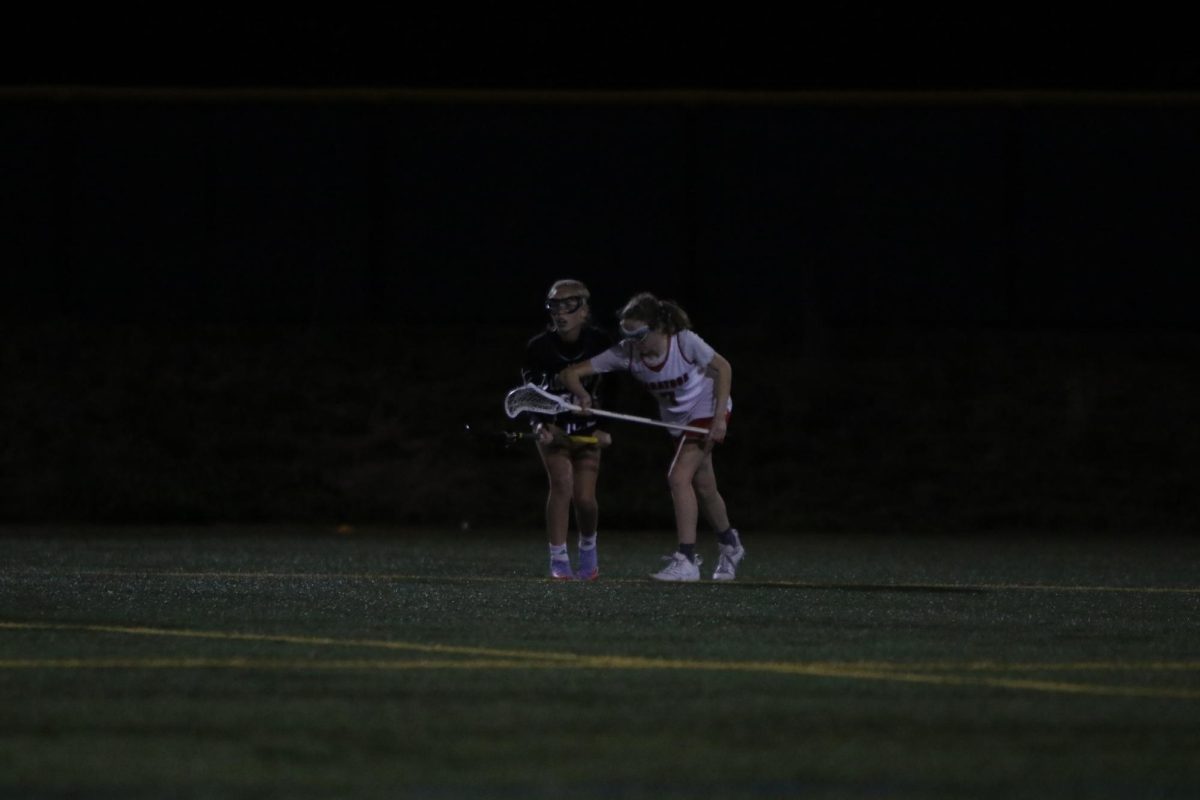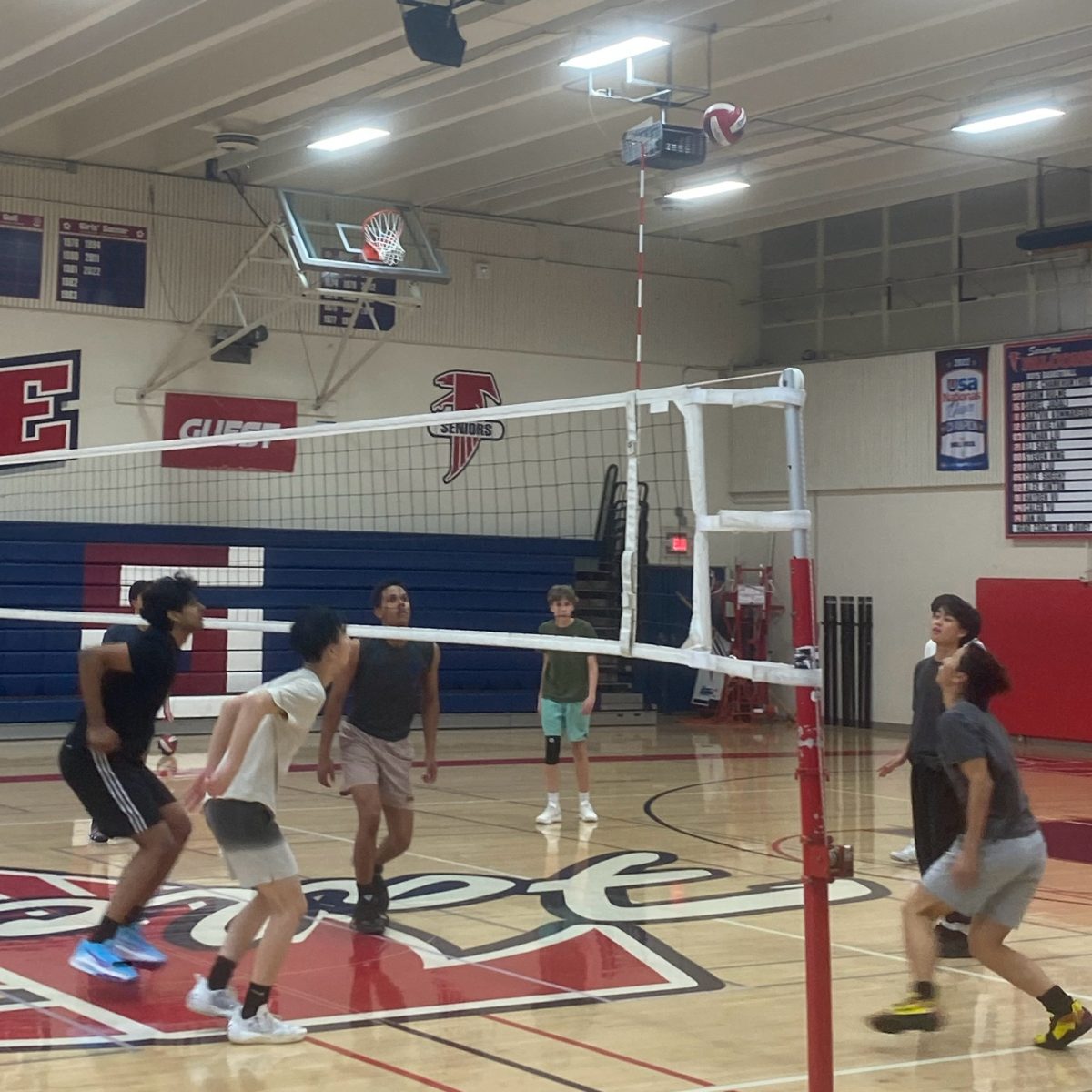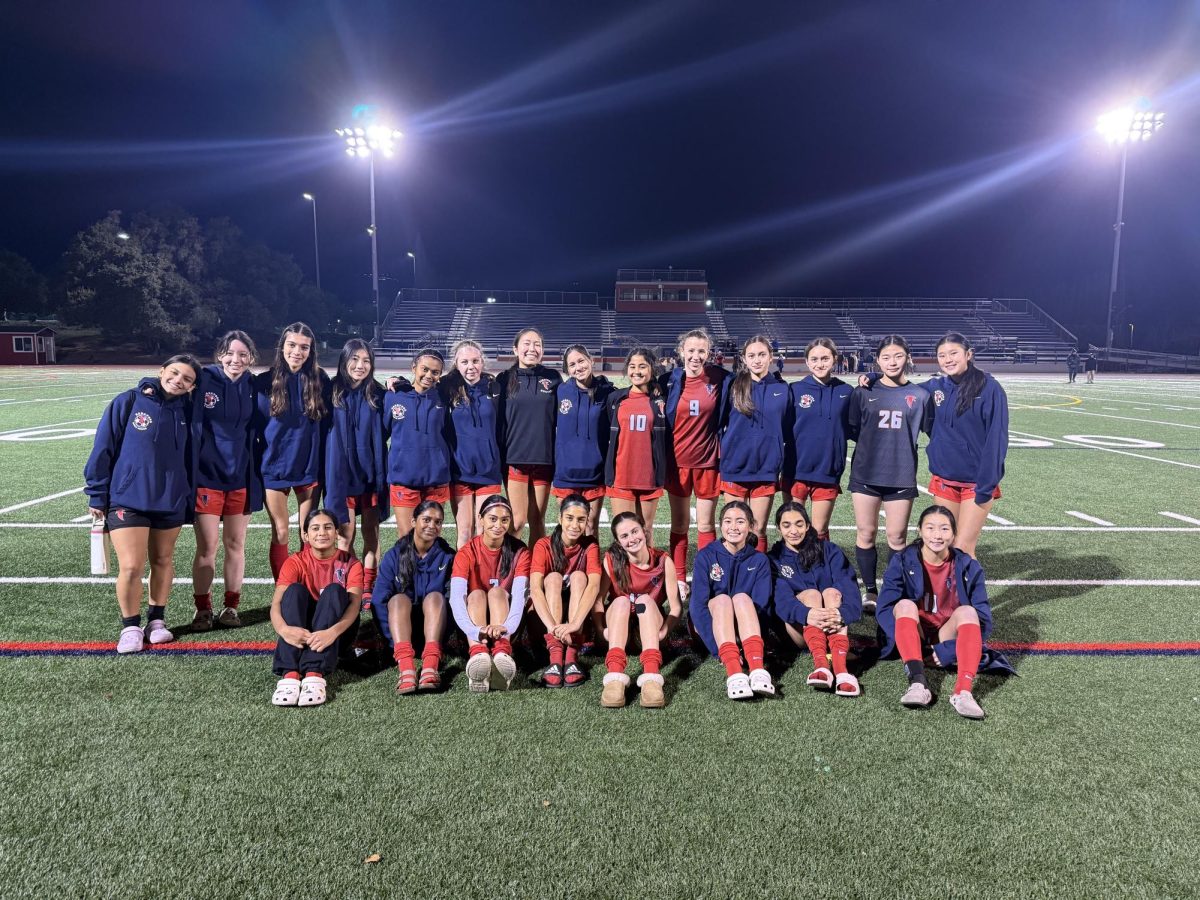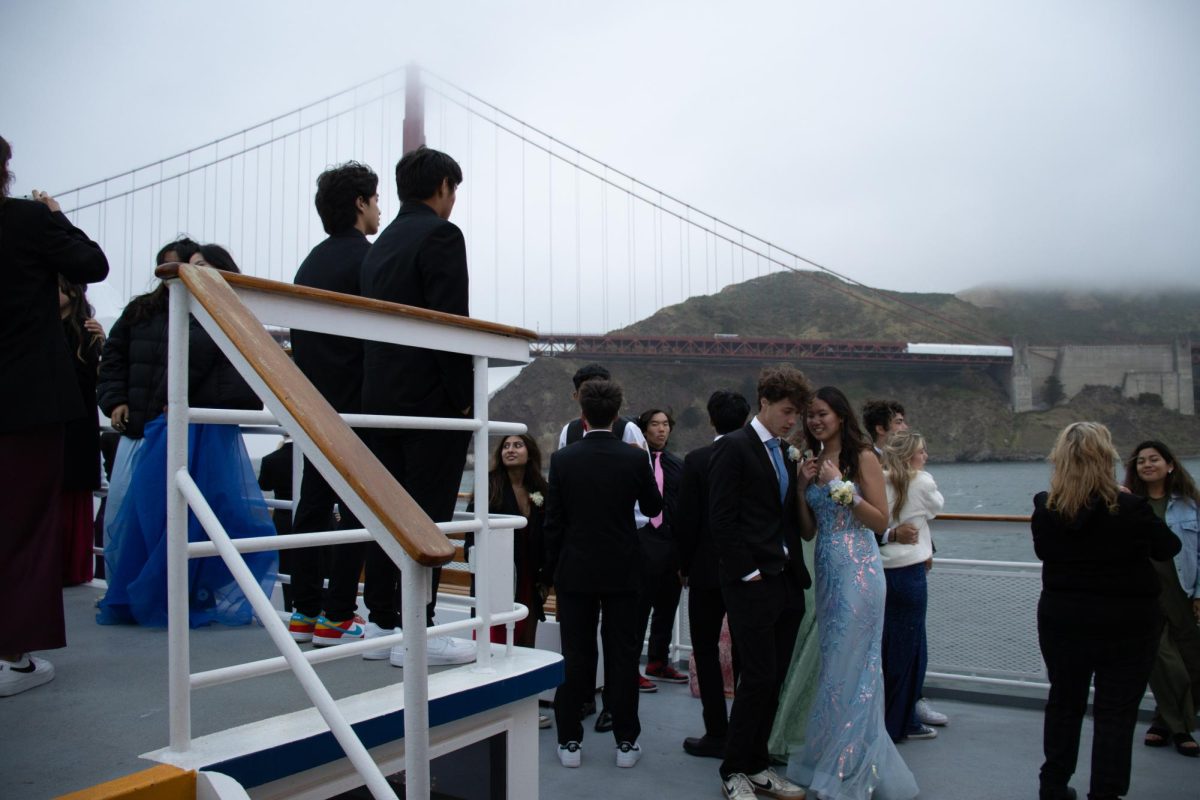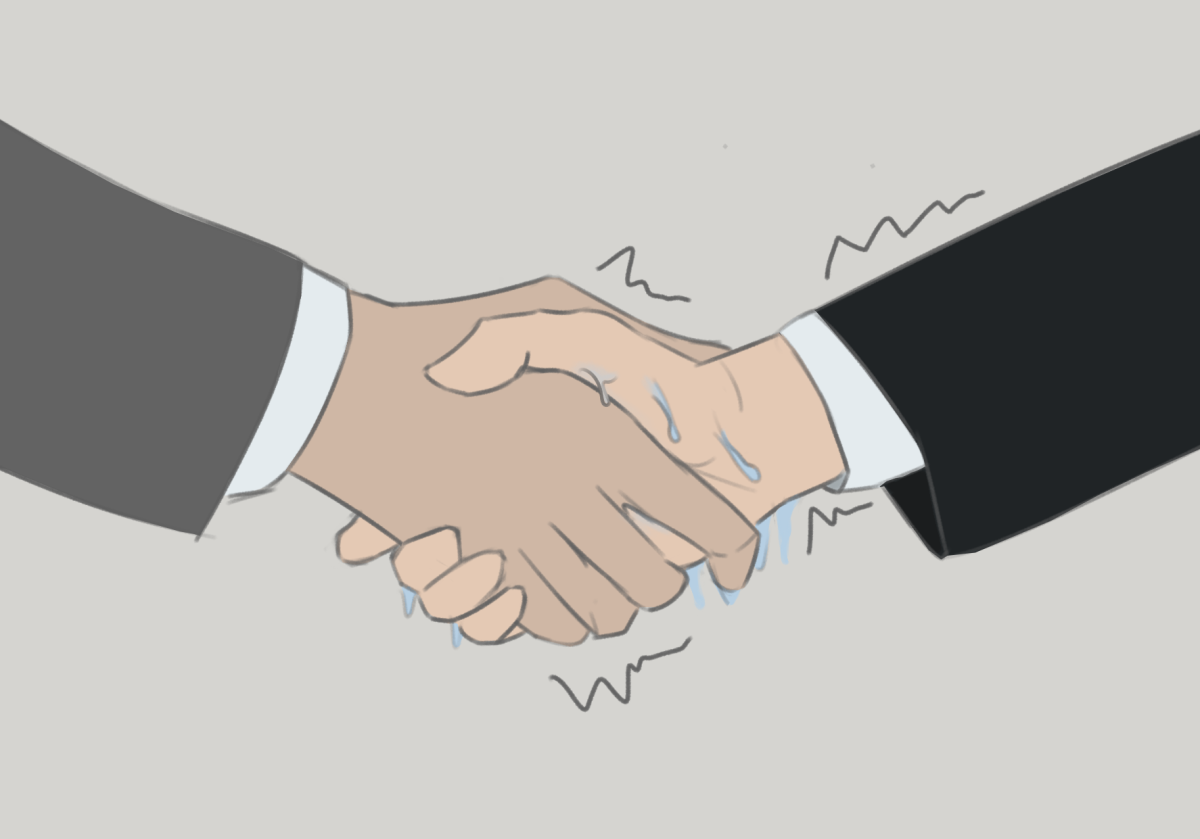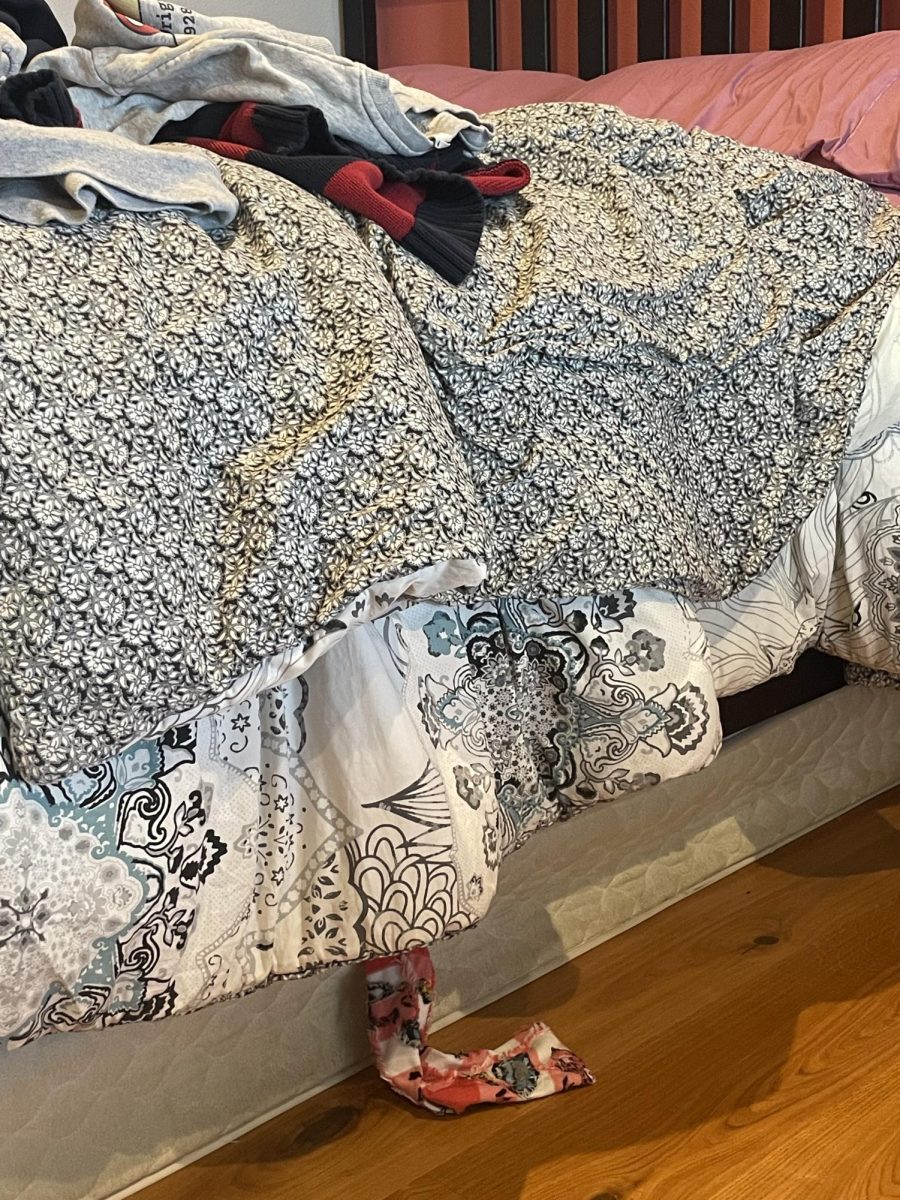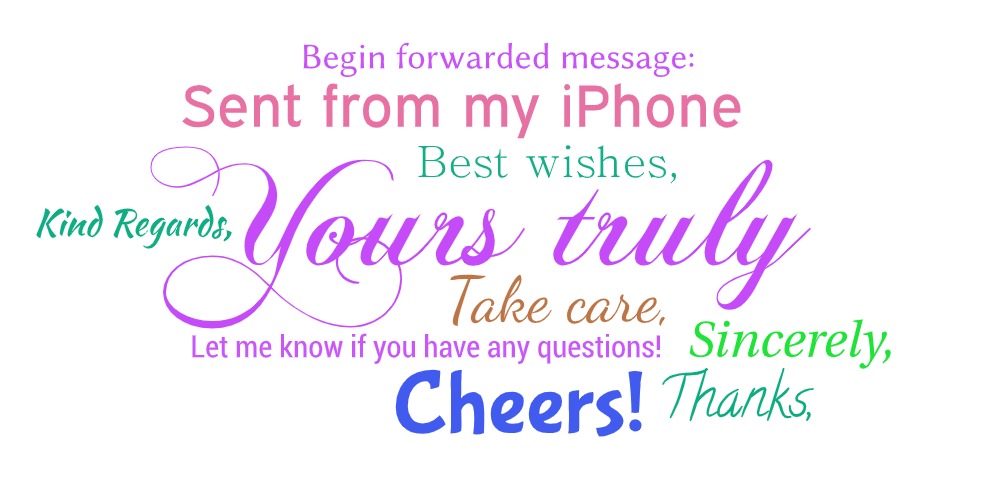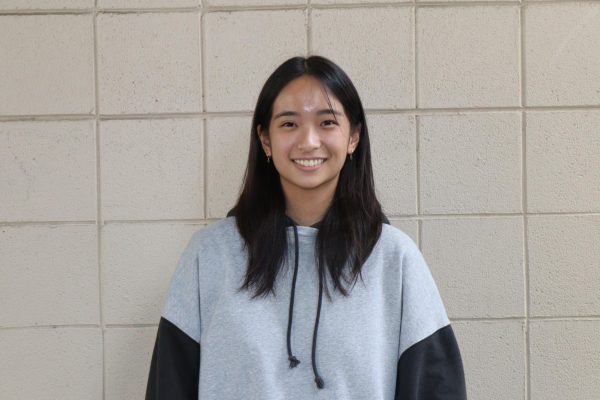Artificial Intelligence (AI) has recently been incorporated into many fields: Its ability to write essays and résumés within seconds, drive automatic cars or create advertisements in foreign languages is impressive. But — at this point at least — it’s no match for human ingenuity in art or other fields that involve real creativity or human connection.
Creativity, as defined by psychology professor Barbara Kerr at the University of Kansas, is the ability to generate new ideas and solve complex problems through imagination, a unique ability that only humans have. This trait is a driving force behind many industries. Complex and novel solutions different from traditional methods allow humans to keep adapting and evolving by constantly pushing the boundaries of possibility.
Many think that AI will soon take over many jobs, but this is less likely to include the jobs that require actual human creativity. Artists, designers, counselors, musicians and many other content creators rely on feelings or an emotional connection that require a human position and can never be replaced by AI. What is more likely are blended products that use AI as a tool in their creation but are still fueled by human artistic vision.
The emotions, experiences and intuition behind human art cannot be replicated or compared to AI art, which uses algorithms, mathematical equations and machine learning.
The irreplaceability of the human experience in art can be seen through a simple comparison between AI-generated art and the works of Edvard Munch, a Norwegian painter who grew up with many family members around him dying or suffering from a mental illness. Munch’s 1885 painting “The Sick Child” represented the agony of death and expressed his emotional and psychological state, as he had lost his mother and brother while his father and sister had mental illnesses.
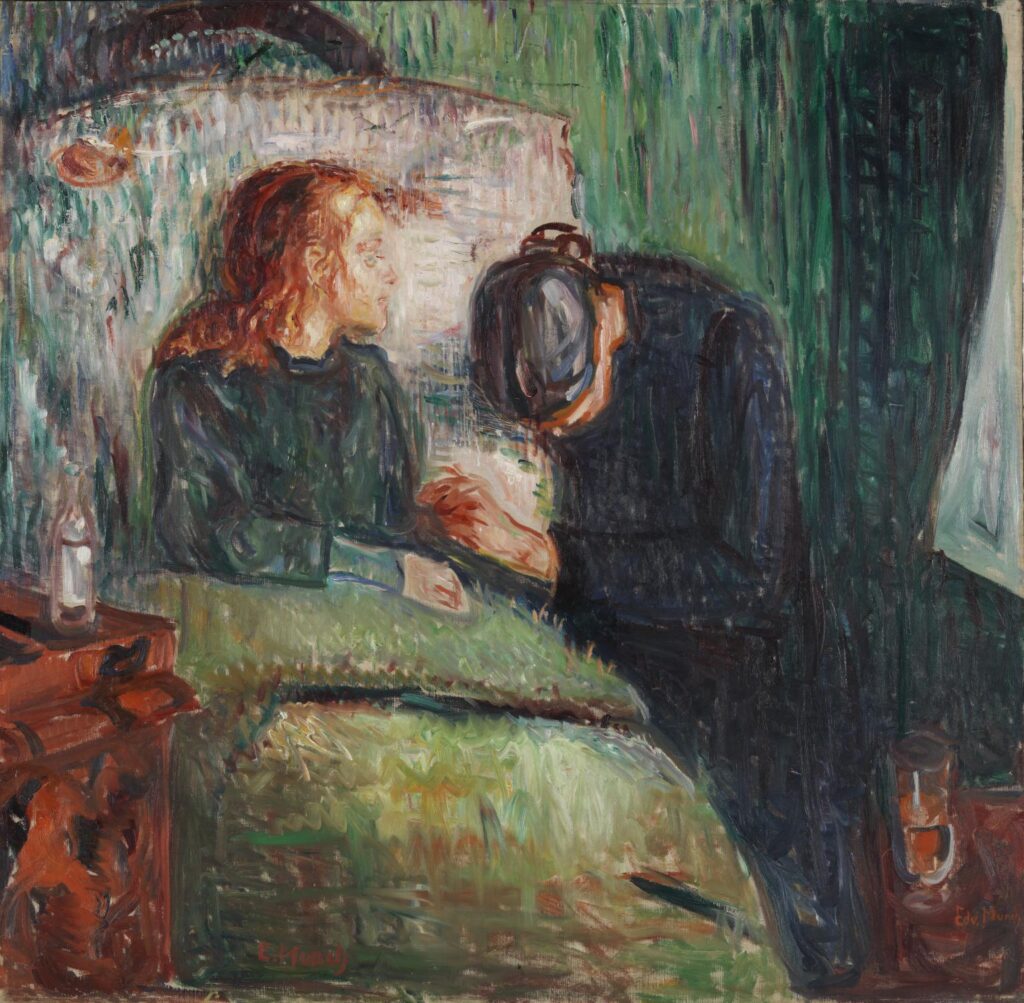
Courtesy of Tate
Edvard Munch’s “The Sick Child” expresses the emotions Munch felt as he lost his family members.
When AI was prompted to “Emotions of losing a family member,” it generated an image of extremely detailed expressions of sad faces. While this does depict the loss of a loved one, it lacks the deeper connections of human emotions. Emotions are more than just one simple facial expression, as Munch illustrates through contrast of colors: a tired expression of his sister barely alive with tired, green eyelids and rusted brown hair.
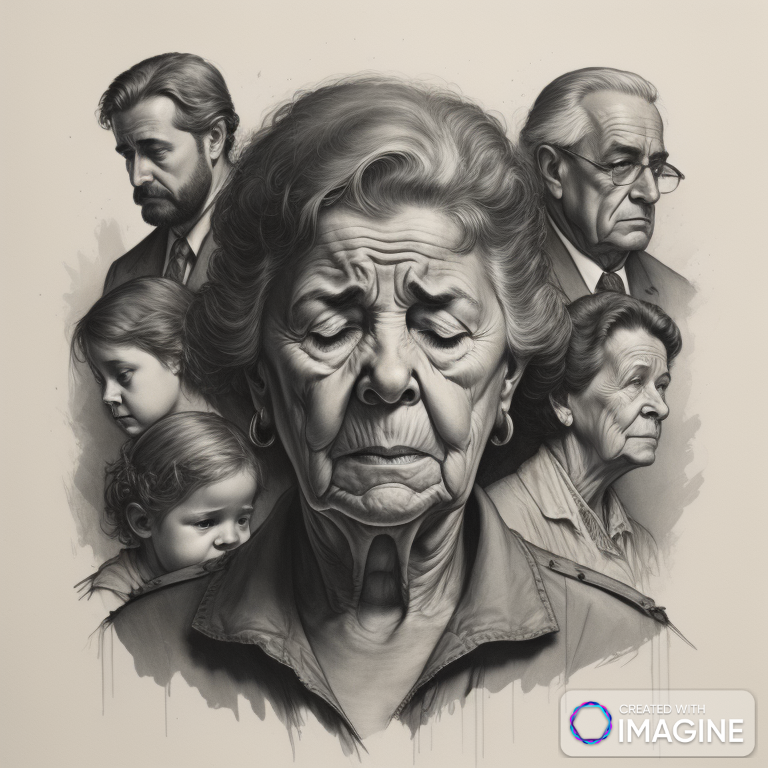
Courtesy of IMAGINE
AI’s interpretation when given the prompt “Emotions of losing a family member.”
The use of a palette knife to scratch vertical and horizontal lines depict Munch’s state of inner turmoil, as if wishing to scrape away his sister’s death. This creative and unique style is something born out of Munch’s depressed state and grief, something AI cannot experience or generate in innovative ways.
Compared to AI, which is predefined with a set of patterns and algorithms that it loops through constantly, human creativity is endless and unpredictable. Exploring cultural and social identity allows for humans to create a unique angle behind art, music and literature. This authenticity of a genuine origin of emotions created by human creativity is more valuable than what AI can replicate.
While AI is now being programmed with emotions — by analyzing facial expressions, speech or body language — it still lacks the authenticity of human connections. For example, while AI can mimic emotions through synthetic speech, it lacks the intricate levels and genuine experience fueling these emotions.
The authenticity of human artwork is based on ideas created through reflection on individual hobbies or relationships with other people. Individuals create their own artwork out of personal experiences while AI forms its artwork from previous works and data that is, at best, a surface-level, algorithmic interpretation of the experiences of others.
The unique combination of hormones and other psychological factors provide the creative ability for humans to come up with various ideas. With this, the creations people make and their reactions to them are full of a variety of bias and opinion, allowing for a diverse range of responses, whereas AI’s straightforward response lacks this connection.
Additionally, AI cannot answer questions that require inference, nuance or a broad understanding of multiple topics. Neither can it fully replicate actual human consciousness that centers around multiple things, according to the Wisconsin State Journal.
Being aware of individual thoughts, memories, feelings, sensations along with the environment around oneself creates complex emotions that only humans can experience.
Specifically, human error is what adds to the creativity and the “human-ness” of each artwork. In a TedTalk given by brain scientist Henning Beck, he explained that making mistakes, taking breaks and even getting tired or distracted is necessary for creativity. This process of trial and error to figure out what is wrong and how to fix it is what allows creativity to happen; artists can grow from each mistake to produce new ideas.
Despite AI’s growing reach into various industries such as computer programming, it will have a hard time replacing jobs that involve abundant human connection such as teaching or therapy — and for that, we should all be thankful.

